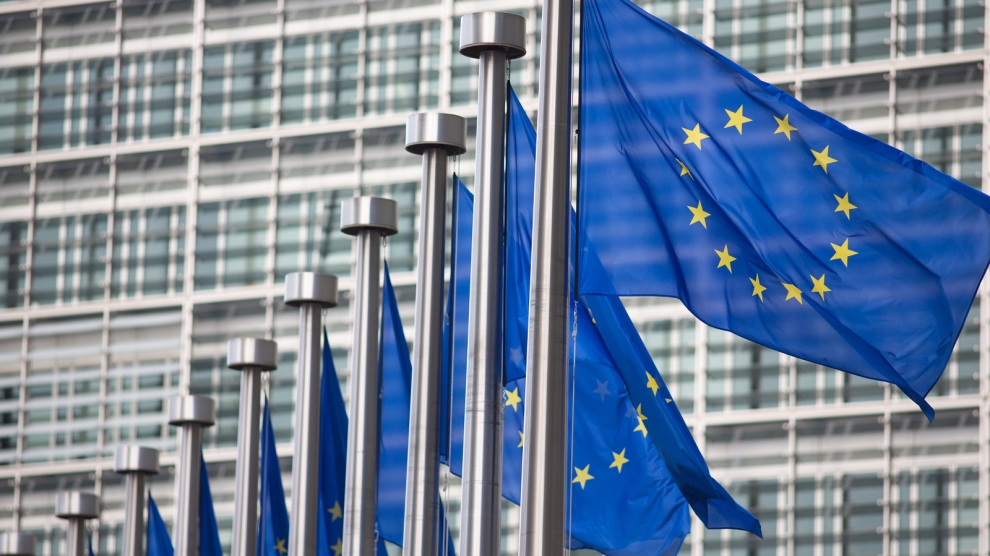Because of spiralling nickel values, daily alloy surcharges from European mills are in doubt as all producers have stopped sales and are not quoting. The situation has arisen from Russia’s invasion of Ukraine. Soaring nickel prices have sent shockwaves throughout the global stainless steel sector.
Mills in Europe are dealing with raw material shortages, high scrap values and leaping energy prices. French stainless steel producer Aperam is applying a €431/tonne ($469) energy surcharge to its contracts starting this month. The company increased its alloy surcharges for March for its austenitic range of flat stainless steels for Europe by another €150/t. The new Aperam energy surcharge effective 1 March is composed of electricity, gas costs, and CO2 emissions allowance, Kallanish notes.
The reference for the electricity costs evolution is the producer “price index in industrial production sold in France − CPA 35.11 and 35.14 − wholesale electricity”, reported by the national institute of statistics Insee. The reference for gas costs is also provided by Insee in its “producer price index in industrial production sold in France − CPF 35.23 − wholesale of gas, on spot markets”. The carbon emissions allowance is based on “carbon emissions futures – EUA daily future/front December futures, daily close prices” reported by ICE.
Meanwhile, Aperam’s surcharge for grade 304 (1.4301) has gone up from €2,519/t last month to €2,682/t effective 1 March. For grade 316 it has increased from €3,791/t to €3,995/t. Grade 309S, a heat-resistant stainless steel used in high-temperature applications, has also seen its value hike significantly from €3,409/t to €3,652/t. The surcharge for the most popular ferritic grade, 409, has gone from €898/t in February to €949/t this month, the company reveals.
Offers for nickel cash buyers have increased to unprecedented levels since the conflict started. The London Metal Exchange (LME) has halted trading of nickel on all its venues following an unprecedented rise in its three-month nickel contract. Nickel prices had risen 90% to $55,000/t on Monday, before they reached $101,365/t during night trading on Tuesday 8 March. This price then dropped to over $80,000/t prior to opening day, when an LME special committee decided to suspend trading (see separate article).
Natalia Capra France






